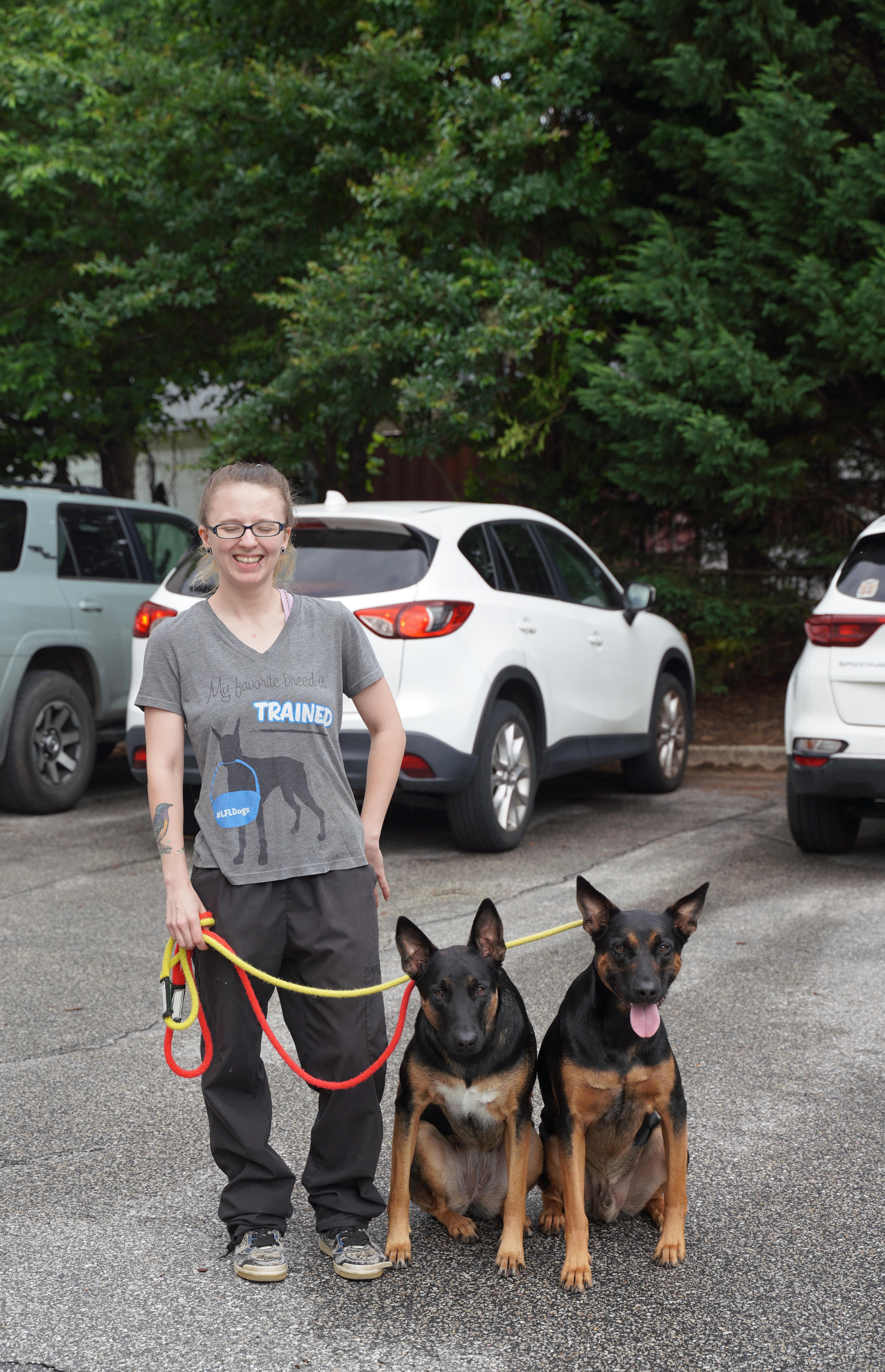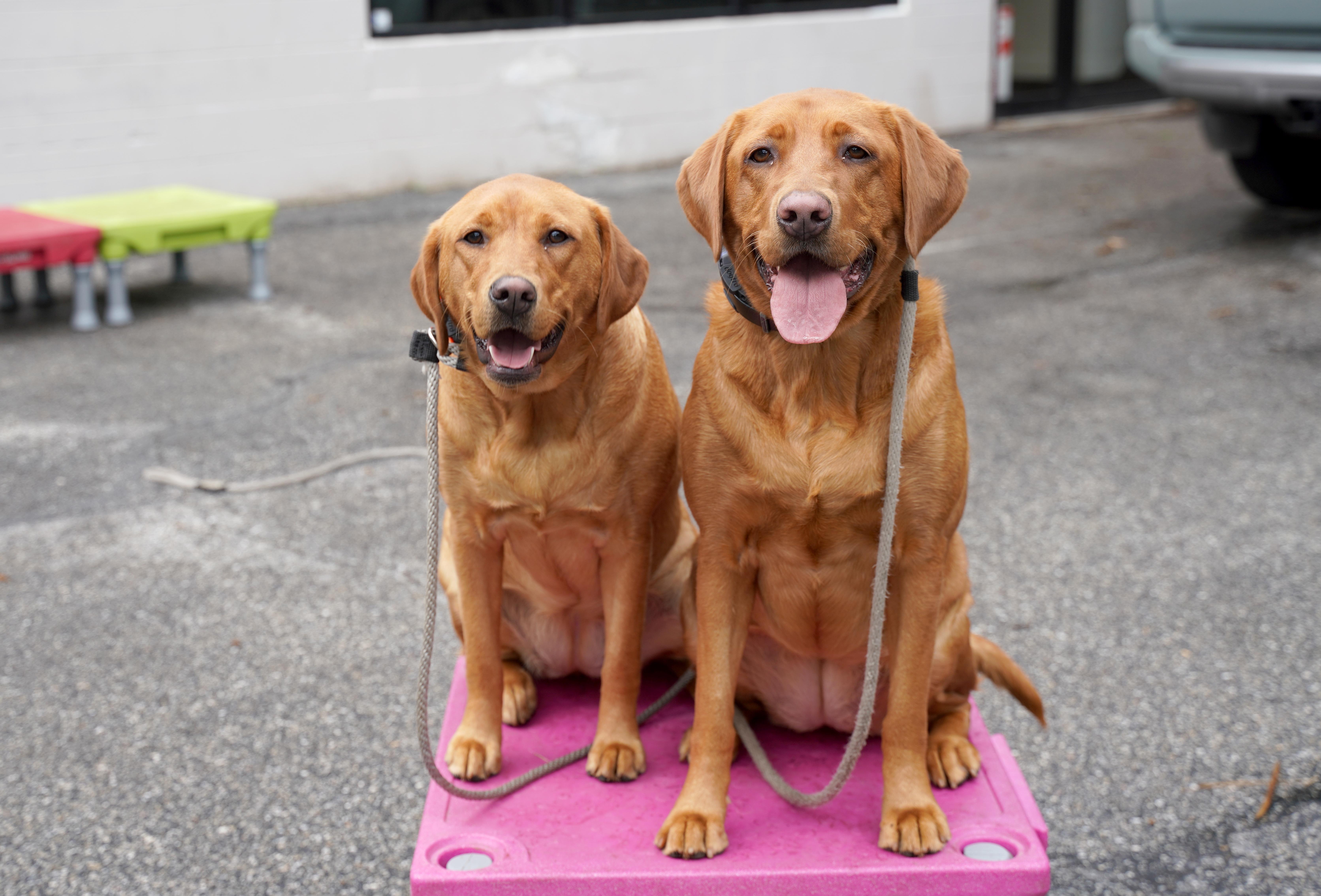Teaching your dog to resist the tempting chase of passing cars is not only crucial for their safety but also for your peace of mind. Whether you’re a seasoned dog owner or a new pet parent, understanding how to curb this instinctive behavior can be a rewarding experience that strengthens the bond with your furry friend. In this guide, we’ll explore practical and compassionate strategies to help your dog stay calm and focused, even in the face of fast-moving vehicles. With patience, consistency, and a bit of love, you can transform those car-chasing urges into moments of trust and obedience. Let’s embark on this journey together, ensuring your dog enjoys a safer, more fulfilling life.
Understanding the Instinct: Why Dogs Chase Cars
At the core of a dog’s impulse to chase moving vehicles lies a mix of ancestral instincts and a need for stimulation. Dogs are descendants of hunters, and the sight of a fast-moving object can trigger their prey drive, making it an irresistible target. Additionally, the thrill of the chase provides mental and physical stimulation that some dogs crave, especially those with high energy levels or insufficient exercise. Understanding these natural tendencies is key to addressing the behavior effectively.
- Prey Drive: Just like wolves in the wild, domestic dogs have inherited the instinct to chase prey. A speeding car can mimic the movement of prey, activating this deep-seated instinct.
- Boredom: Dogs often chase cars as a way to relieve boredom. Lack of adequate exercise or mental challenges can lead them to seek out exciting activities on their own.
- Protective Instincts: Some dogs may perceive cars as a threat to their territory or family, prompting them to chase after vehicles as a protective measure.
Recognizing these underlying factors allows you to tailor your approach when teaching your furry friend to resist the urge to chase, creating a safer environment for everyone involved.
Creating a Safe Training Environment for Your Dog
Ensuring your furry friend is safe while learning to resist the temptation of chasing after cars begins with creating a controlled and secure setting. Select a quiet, enclosed area such as a fenced yard or a spacious room where distractions are minimal. This environment will help your dog focus on the training exercises without the risk of running into traffic. Avoid busy streets during the initial stages, as they can be overwhelming and counterproductive.
- Leash Training: Start with a sturdy leash and harness to maintain control. Gradually introduce your dog to moving vehicles from a distance, rewarding them for calm behavior.
- Use Visual Barriers: Set up temporary barriers to block the view of passing cars, slowly removing them as your dog becomes more accustomed to the noise and movement.
- Incorporate Positive Reinforcement: Use treats and praise to reinforce the desired behavior, rewarding your dog when they stay calm and focused on you instead of the cars.
Creating a consistent and positive training environment will not only help your dog learn effectively but also strengthen your bond with them, fostering trust and obedience. Remember, patience and persistence are key in helping your dog overcome this instinctive behavior.

Positive Reinforcement Techniques to Discourage Car Chasing
Teaching your dog to resist the temptation of chasing cars can be a rewarding experience for both you and your furry friend. By incorporating positive reinforcement techniques, you can transform this challenge into an opportunity for growth and bonding. Start by rewarding your dog for displaying calm behavior when a car approaches. Use treats, affection, or playtime as a reward to reinforce their composure. Consistency is key, so be sure to practice regularly and in a variety of environments to help your dog generalize the behavior.
Additionally, engage your dog in fun activities that can redirect their energy and attention away from cars. Consider the following:
- Interactive Toys: Introduce toys that require problem-solving skills, keeping your dog mentally stimulated.
- Agility Training: Set up a small course in your backyard to channel their energy into a constructive outlet.
- Fetch Games: Offer a safe alternative to chase, reinforcing the idea that fun doesn’t have to involve vehicles.
By focusing on these positive interactions, you can help your dog develop better habits and enjoy a safer, more fulfilling life alongside you.

Building Consistent Commands and Signals for Better Control
To effectively communicate with your furry friend, it’s essential to develop a system of consistent commands and signals. Dogs thrive on routine and clear communication, so start by choosing a simple word or phrase that will serve as the stop command, such as “Stop” or “Leave it”. Ensure every family member uses the same command to avoid confusing your dog. Pair the verbal command with a distinct hand signal, like holding your palm up or pointing down, which will help reinforce the message. Consistency is key, so practice these commands daily in a calm environment before testing them in more distracting settings.
When introducing these commands, employ positive reinforcement to encourage good behavior. Here’s how you can achieve this:
- Use Treats: Reward your dog with their favorite treat whenever they respond correctly to the command.
- Offer Praise: A loving pat or enthusiastic “Good job!” can go a long way in making your dog feel appreciated.
- Incorporate Toys: If your dog is toy-motivated, using a favorite toy as a reward can be highly effective.
By consistently using these signals and rewards, your dog will gradually learn to associate them with stopping the chase, leading to a safer and more controlled environment for both of you.

